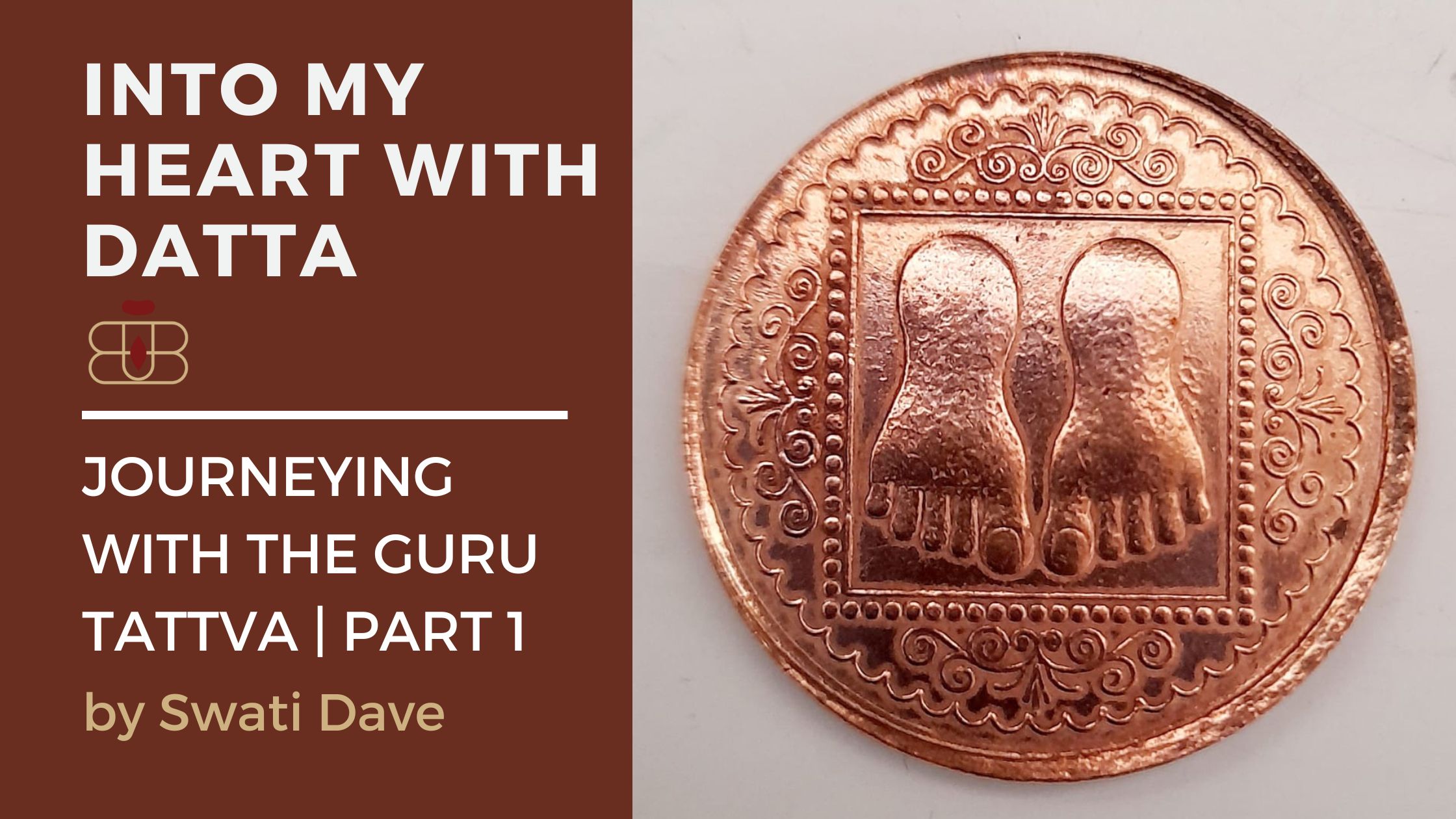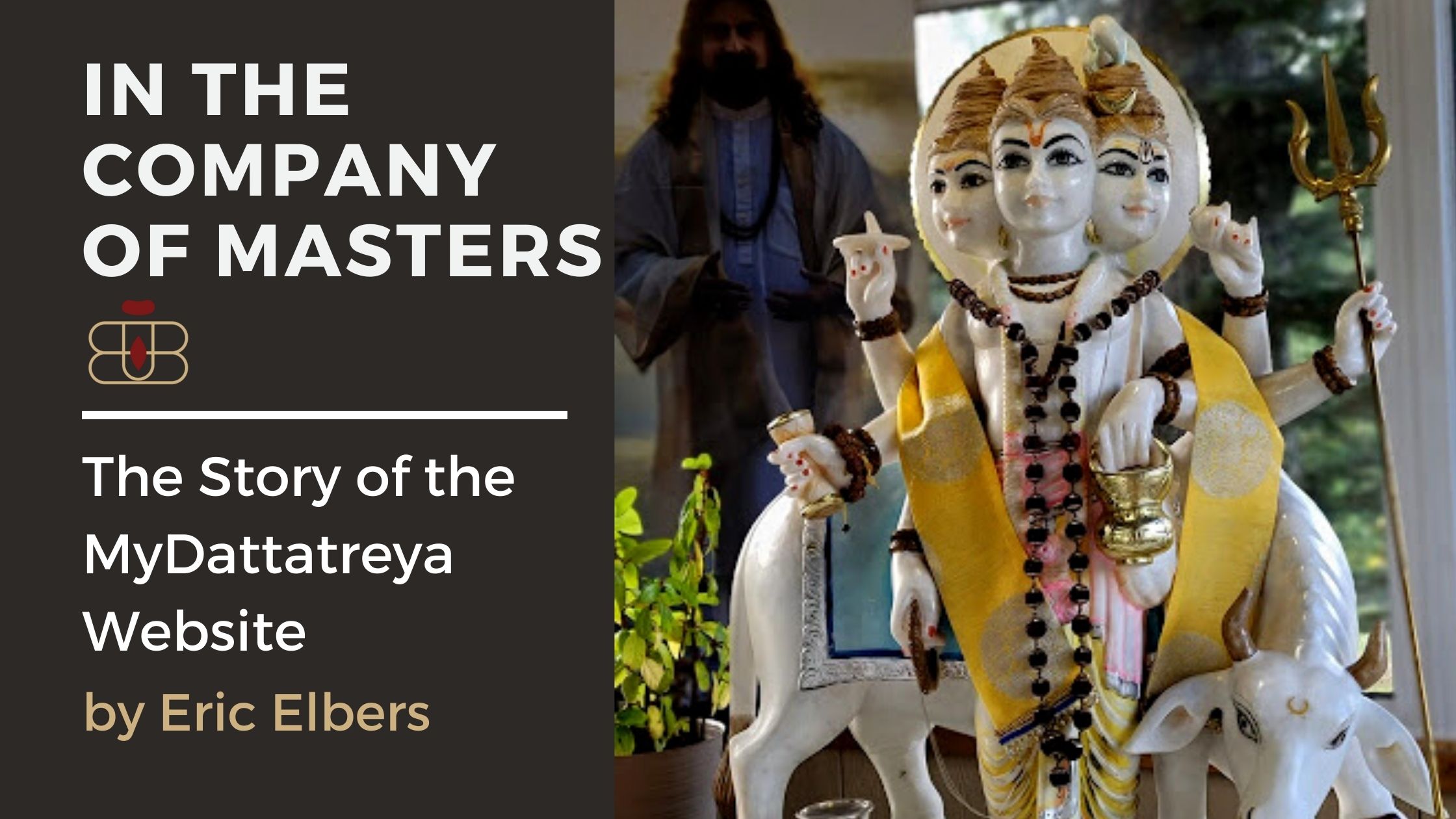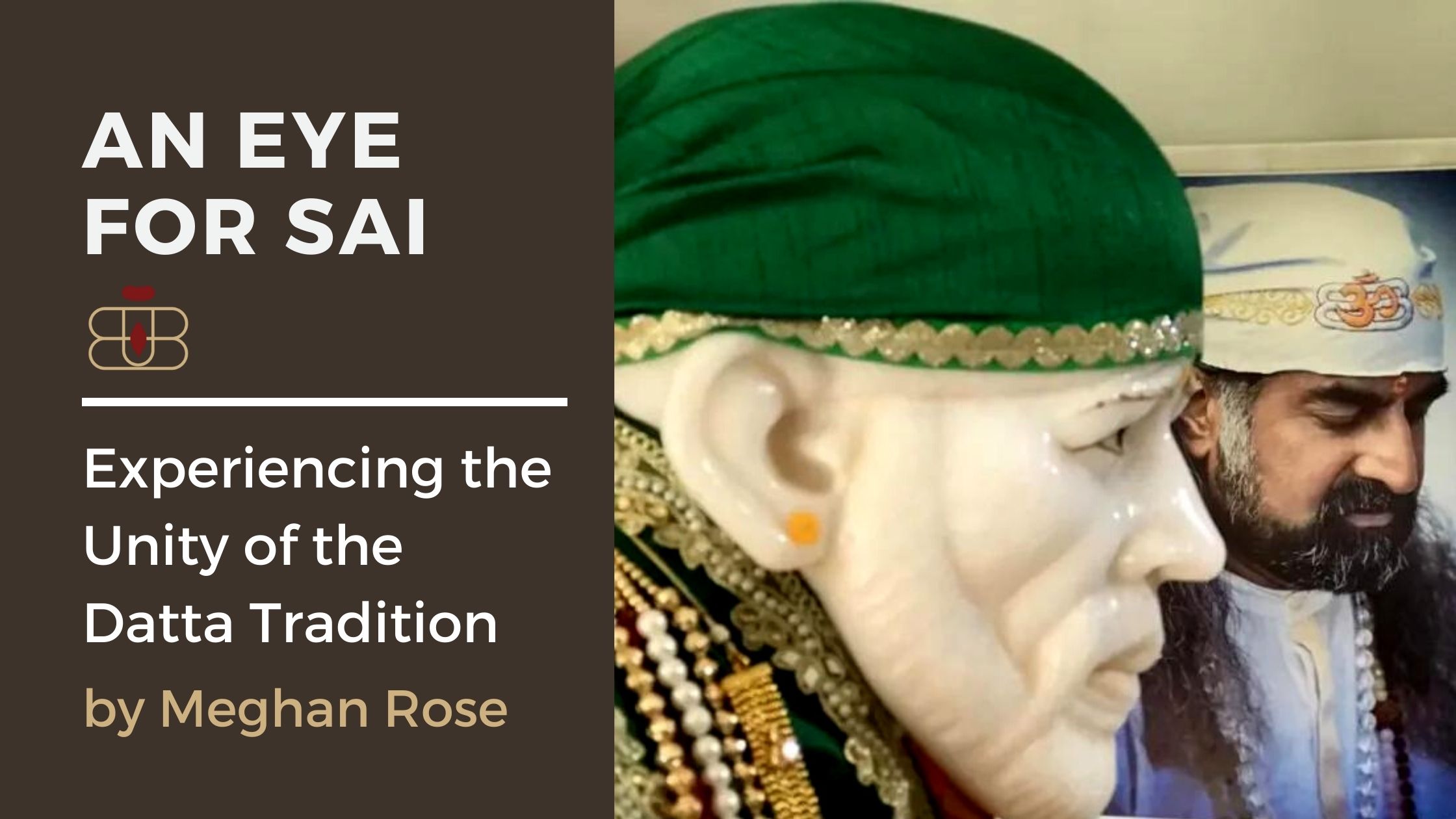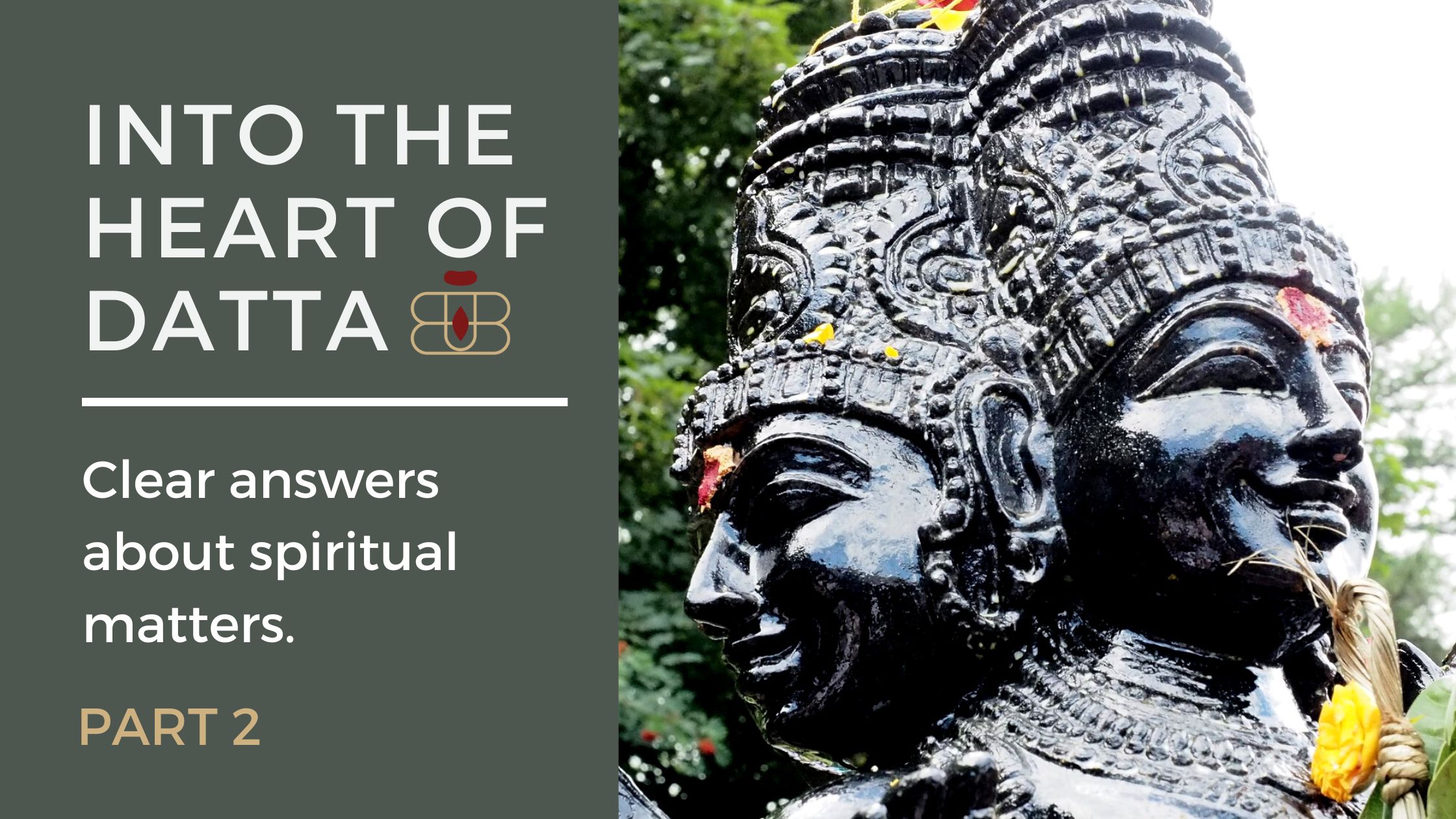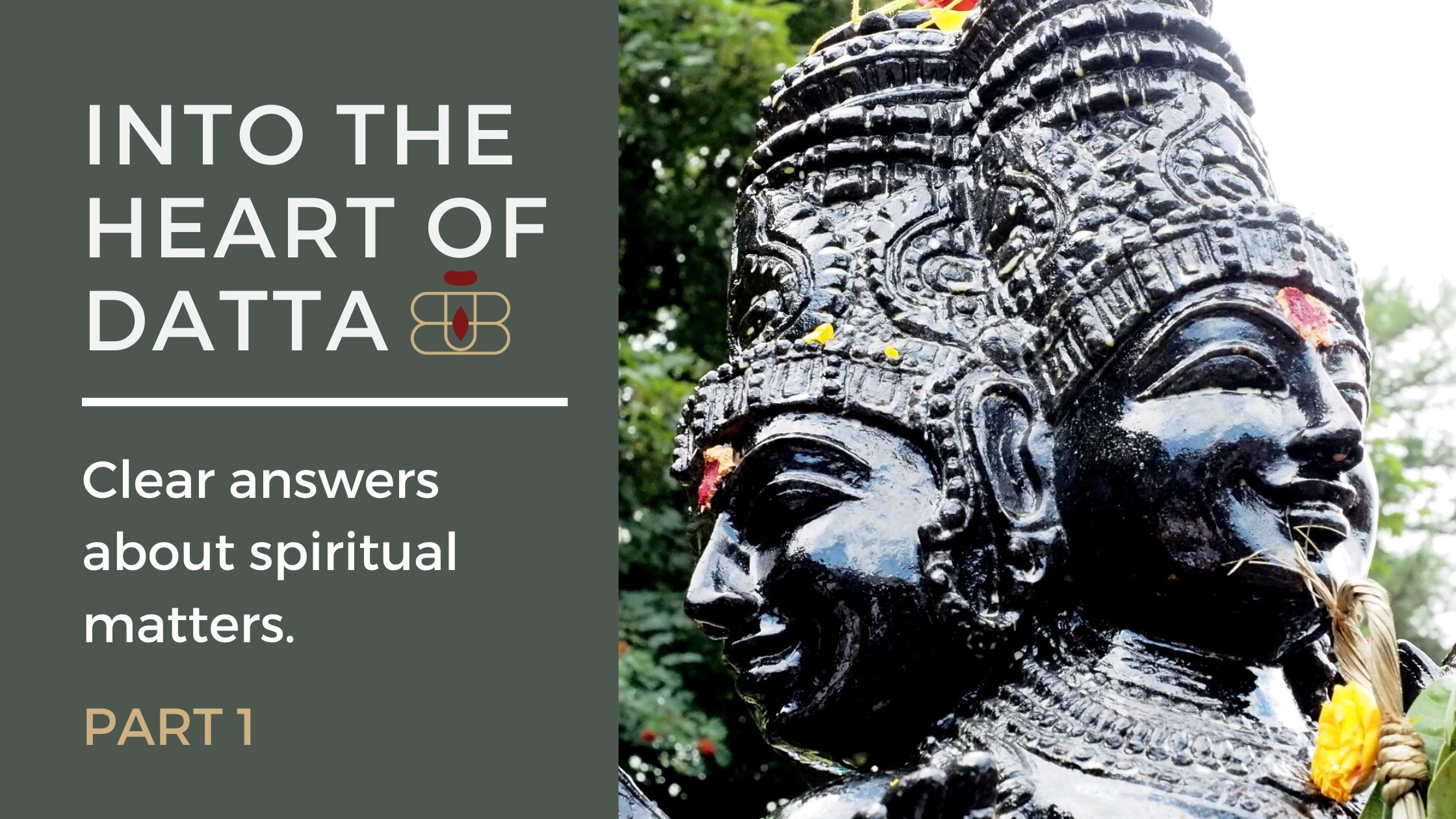Overview and Significance
Jalandharnath is known as a Mahasiddha yogi and direct disciple of hiva; some say he was hiva himself (who entered into a dead body lying in the cemetery). Also, he is known in different traditions under different names as Jalandharipa, Haddipa, Haddipad, Hallipad, Jalandarpad, etc. He appears in two lineages of transmission, the Shaiva Natha tradition of Hinduism and the Tantric Buddhist tradition of Tibet. With his name traditionally connected to the practice of Jalandhara-bandha and the invention of Hevajra tantra, he is known as the author of few books: Shuddhivajra Pradeep (the commentary on Hevajra Tantra), Hevajra-sadhana (commentary on Hevajra Tantra). He was a great practitioner of Tantric yoga and acquired miraculous yogic powers and control over life and death through his practice. In some versions of the story about King Gopichand, he appears as demonstrating his fierce temperament.
Per Tibetan tradition, he was born in a village named Nagarbhog, in a Brahmin family. From a young age, he was disappointed with the world of samsara (the world of mundane existence). Once, he was sitting on the cremation ground and thinking about the non-permanence of life. At that moment, he was approached by a Dakini, who told him that one must keep his mind pure and clean. She initiated him into the Great Path of Yoga, by which liberation is achieved and supernatural powers acquired. She called it ‘Hevajra tantra marga.’ Under her guidance, he became absorbed in difficult sadhana. After seven years of practice, he reached the desired perfection in his techniques. He traveled widely in India for propagating yoga and dharma, and many places of the country are connected with his name. The most well-known events of his life happened when he reached the place where Raja Manikchand lived.
Life History
Story of Jalandar Natha in accordance with Tara Natha
‘He was born in a low caste family, in the city called Thatha in Sindh, the country of the west. His guru was Acharya Kambala. Once Jalandhari listened to a voice from heaven, which told him to go to Udayana and meditate there; only there would he get desired siddhis (perfection). Therefore, he went to Udayana, received lessons from king Indrabhuti, the godly woman Lakshmikara and from Acharya Kakapada he received instructions in Tantras. Then he meditated for ten days on the cremation ground, where he received open admittance to the Mandala of Sri-herka and Abhisheka from Dakinis, and arrived at once at the level of Mahamudra Siddhi (the perfection in yoga). After that, he engaged himself in every way for the salvation of living creatures while living in this country for a long time.
After this, he lived in the country of Jalandhara (modern Punjab plus Himachal Pradesh) at the place where fire comes out between water and stones (Jwala Mukhi in the Kangra Valley of Himachal); Because he spent quite a lot of time there, he received the name Siddha Jalandhari.
To convert the countries in the east, he took the figure of a Haḍi, a sweeper, the caste of people sweeping the streets in the city Chatigrama in Bengal. In this country, young king Gopichandra sat on the throne not very long after his father Raja had died. The young king, who was very handsome, used to spend a lot of time enjoying the company of beautiful women.
His mother Menavati was not happy with the situation. Because she loved him very much, she always thought and worried about the day to come when his beautiful body would die. Once in the morning, Menavati saw the Siddha (still in form of a sweeper) in the King’s garden. While he was sitting under a coconut tree, he pronounced: ‘Narikela Bhikshavo,’ and coconuts flew to him by themselves. After drinking water from coconuts, he ordered them to return to their places (by saying ‘Narikela Uparajahi’), which they did. On seeing this happening, Menavati realised that he was an accomplished Siddha who had control over the powers of nature to create and destroy life and death.
Sometime later, while in her son’s presence, tears appeared in her eyes. When the young king noticed this, he asked her about the reasons for it. She answered: ‘Even if you will get a much bigger kingdom than you have now, ten times more power and wisdom than your father, still there is one thing which makes me sad. Your beautiful body is going to be destroyed one day, and this is the reason for my constant sorrow.’ Her son asked her, ‘Is there any way to dispel your sorrow? Tell me, how can I escape death?’ His mother replied that the street sweeper of their palace had the power to conquer it.
Gopichandra went to Jalandhar and asked him about instructions on how to avoid death. Jalendharnath answered that he couldn’t achieve this while remaining on the throne. Hearing this, Gopichandra insisted that after getting his initiation, he would renounce his throne, and they agreed.
Together they went into the jungle. There Jalandhar gave him an empty pitcher and asked him to put a hand into it. When Gopichandra did, Jalandhar asked him, ‘Now tell me quickly what was there.’ As the king found nothing in the picture, he replied, ‘Nothing,’ after which Jalandharanath told him that immortality is like this. Unsatisfied by such a lesson, the king asked him three more times to teach him about immortality, and each time this procedure was repeated, and he received the same answer. At last, Gopichandra, having lost control of himself, and thinking Jalandhara to be a charlatan, ordered him to be put into a well and cover him with the elephant and horse dung mixed with thorns.
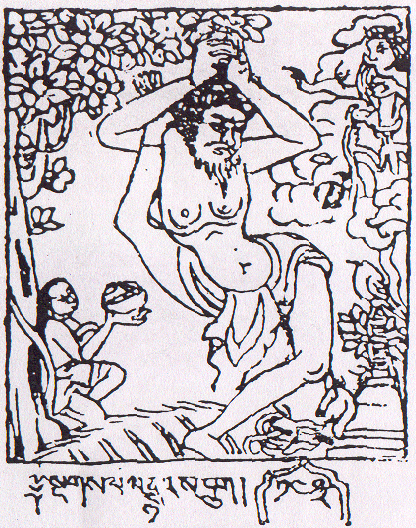
Teachings
Another story of Jalandharipa is as follows: Jalan-dhar means one who keeps (dhar) the net (jalan). He lived in the city Thortha and was a Brahmin by caste. Once, being tired of worldly matters and feeling bitter disappointment with life, he came to a cremation ground and sat down on the root of a tree. After some time, he found himself in inner peace and comfort. At that moment, words of a Dakini came from the sky, ‘Listen, my son! Contemplate on yoni as the source of all that exists.‘ After listening to this, he became excited and filled with happiness. At last, the Dakini revealed herself to him and initiated him into Hevajra Mandala. She gave him initiation as follows:
‘Move your attention from all external objects,
At first limit it in your body, speech, and mind,
Then unite right and left (nadis) in Avadhuti (central channel)
And move it to the Brahma-dvaara (the door of Brahma, crown of the head)
When you will reach there,
You will enter into the state of experiencing shunyata (emptiness)
The most wonderful existence and the highest stage of Yoga,
Laying far beyond all descriptions and imagination.
Be filled with bliss always, and stay there forever.‘
In such a way she instructed him. So Jalandharipa brought his imagination and mind in the instructed condition and practised for seven years. In the seventh year, he reached the desired perfection. He composed his own dohas (songs of instructions), and after performing countless deeds for uplifting humanity, he and his three hundred disciples entered the Void (khechari bhoomi).
Bibliography
Source: https://sites.google.com/site/nathasiddhas/

